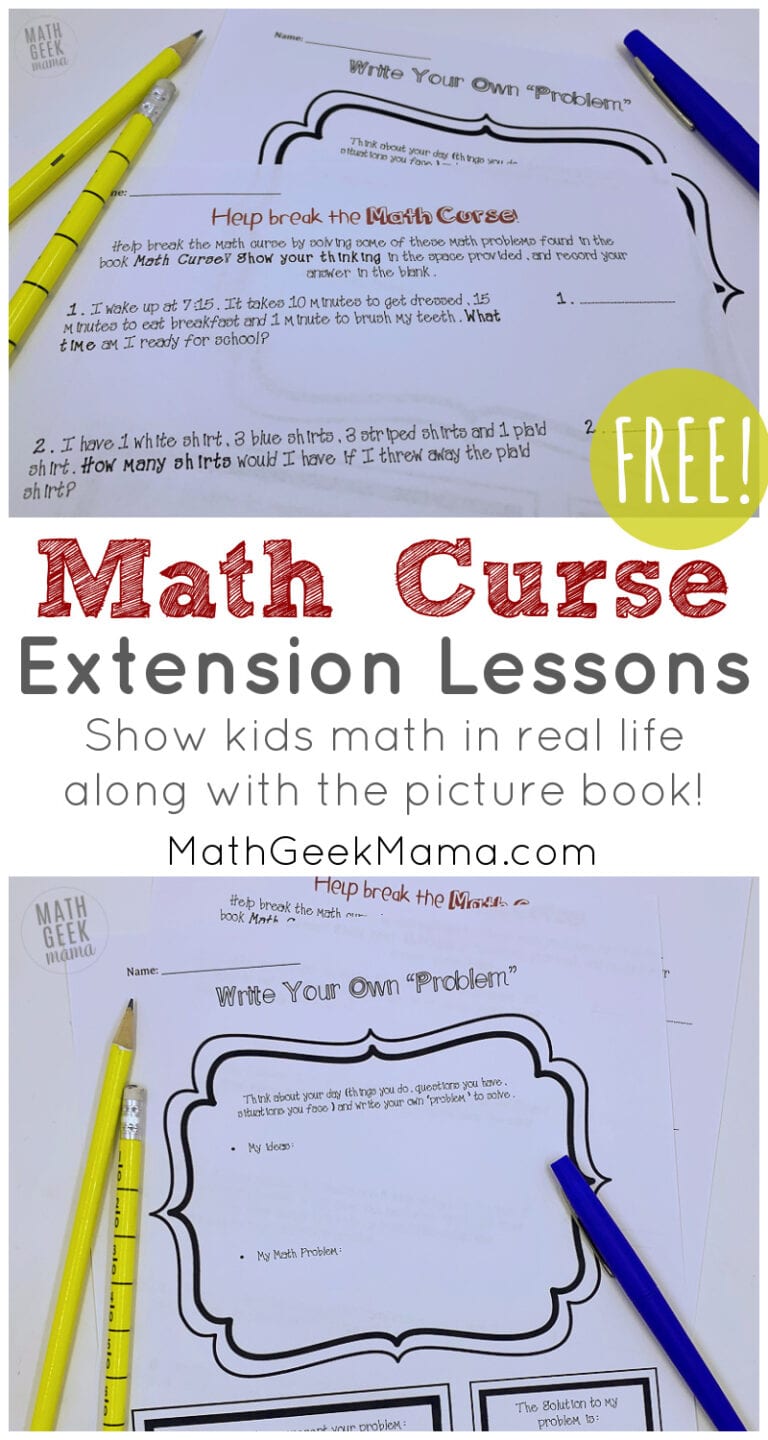Christmas Multiplication Facts Scavenger Hunt – Grades 3-4
Would you like an easy and low-prep way to get your kids up and moving, working together and practicing challenging multiplication facts at the same time? This multiplication facts scavenger hunt is a great review before heading out for Christmas break!
If you teach third grade or fourth grade (or even fifth grade!) you know how essential and foundational the basic multiplication facts are. But you also know how those really tricky facts (x7, x8, x9) can be the cause of frustration and tears. Even after exploring with hands on materials like base ten blocks, or using visuals like a number line, kids will still need practice. But rather than flipping through yet another stack of flash cards or a timed worksheet (please no!), how about a fun and festive classroom scavenger hunt? I have used this type of activity with my own kids as well as in the classroom with 8th graders. It’s just such a nice change of pace from the normal routine and gives kids a chance to get up and move. Learn more about the Christmas themed multiplication facts scavenger hunt below!

Multiplication Facts Scavenger Hunt:
This hunt includes 10 problems, so obviously there is no way to include all multiplication facts up to 12×12. So I decided this would focus on some of the most tricky facts in order to give kids practice with the ones they likely struggle to solve or remember.
This includes: 6×7, 8×8, 9×7, 12×6, 9×6, 7×7, 7×12, 8×6, 11×12 and 9×9.
Even if your students are not learning (or are not required) to learn their x12 facts, I would encourage you to give them this challenge still.

Let them know that they will be reviewing facts they should know, but will also encounter some “challenge” problems. Let them use whatever strategy they prefer to figure out the solutions. This might be repeated addition (though it will be time consuming), using the distributive property, skip counting, etc.
Then you can have a discussion when everyone is finished to explore different methods!
Setting Up the Scavenger Hunt:
To set this up, you’ll need to print the scavenger hunt cards. There are 5 pages, with 2 problem cards per page.
I recommend printing on card stock paper for durability and laminating so that you can use this again year after year.
Once you print the pages, cut them in half so you have 10 separate problems.
Hang all 10 problems around your classroom. They don’t have to be in any particular order, as students will be moving around looking for the correct answers, not completing them in order.

Then be sure to print a recording page for each student.
I recommend giving each student a clipboard along with the recording sheet so it’s easier for them to write their work and answers as they move about the room.
Then you’re all set!
Scavenger Hunt Bundle for 3rd Grade:
Do your kids love these scavenger hunts to review math skills? My 3rd Grade Math Review bundle includes 5 different scavenger hunts so you are ready to put one together for a variety of skills, all year long! Plus, you save 20% when you buy the whole bundle!
Learn more about the 3rd Grade Math Scavenger Hunt Bundle HERE
Review The Tricky Multiplication Facts:
Once the scavenger hunt is set up, your kids are ready to get started! If you have a small group, students can work independently. But I have found that this works well when students work with a partner. Then they can discuss and compare answers as they go (and they have more fun!).
To begin, all students start with any of the 10 problems. If your class is large, you may want to assign them a starting number so they don’t all bunch around the same problem card.
Students then find the solution to the multiplication fact on the card and record their answer on their paper.
Then they go “hunting” for the answer on one of the cards around the room.
For example, the answer to the problem on card #1 is 42.

42 is shown on card #5, so they would move to #5 and solve the multiplication problem on that card.
They then continue solving each multiplication problem until they end up back where they started. If they get back to the beginning and have answered all 10 problems, they should have answered them all right!
If students can’t find an answer, or they think they’re finished but have not made it to all 10 cards, they know they have a mistake somewhere and should try again.
Assessing Students’ Fact Fluency:
Once students are done, you can have a whole class discussion about strategies they used.
You can also collect their recording pages to see how they solved each problem (or at least see the solution they got for each problem).
An answer key is included in the download to make it easier on you.

Of course, you will also get a sense of fluency as you walk around the room and listen and observe students. If they progress quickly and confidently, they may be ready to move on to more challenging multiplication. If they are consistently getting stuck and frustrated and unsure how to solve these, they may need to go back and review multiplication models, and easier facts.
I hope in the midst of the craziness of December this provides a fun way to practice multiplication and a good review for older ones who might be preparing for 2-3 digit multiplication!
If you’d like to try this out with your students, go to my shop at the link below and grab a free copy.













